Milkweed for monarchs
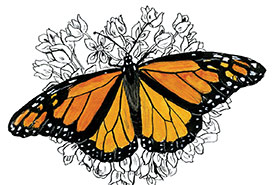
Monarch butterfly (Illustration by Chantal Bennett)
Learn how to grow the essential host plant for monarchs.
Thirteen native species of milkweed are found across Canada. This fall, try incorporating milkweed into your garden to help native pollinators. You may be rewarded with monarch eggs (the size of a pinhead!) and caterpillars come spring.
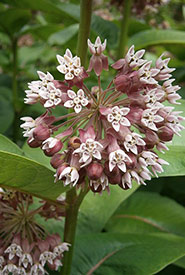
Common milkweed (Photo by Meneerke bloem, Wikimedia Commons)
Common milkweed
(SK, MB, ON, QC, NB, NS, PEI, NL)
This drought-tolerant perennial can withstand a variety of poor soils. It produces fragrant pink blooms from June to August in second-year or older plants. Note that this species may spread vigorously.
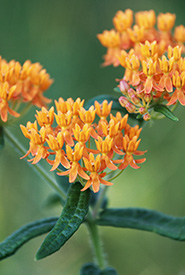
Butterfly milkweed, Rice Lake Plains, ON (Photo by NCC)
Butterfly weed
(QC, ON)
Suitable for sunny, dry gardens, this well-behaved species does not spread vigorously like common milkweed. Its vibrant orange flowers and deep taproots make this species drought-tolerant in well-drained soil.
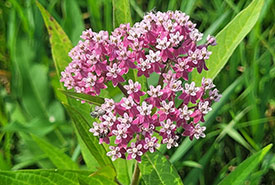
Swamp milkweed (Photo by velvetleaf, CC BY-NC 4.0)
Swamp milkweed
(SK, MB, NB, NS, ON, PEI, QC)
Swamp milkweed loves rich, moist soil and thrives in wetlands or along the edges of ponds. It sports deep pink to mauve flowers.
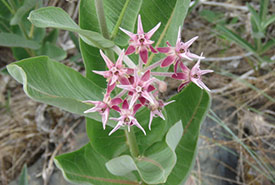
Showy milkweed (Photo by Erin Springinotic, CC BY-NC 4.0)
Showy milkweed
(BC, AB, SK, MB)
This species is a rich nectar source for butterflies, bees and hummingbirds. It thrives in dry, sandy soil or average garden soil and can be grown in containers.
To grow from seed:
- Cold stratification (where seeds go through a period of cold temperatures) is required for seeds to germinate.
- Sow seeds outdoors in the fall at 3 millimetres in depth.
- Alternatively, place seeds in a moist substrate (sand, perlite or moss) in a plastic bag and place in the refrigerator for six to eight weeks before planting after the last spring frost.
- Milkweed can self-seed, and some species spread by rhizomes and can colonize small spaces. Once plants are established, you can propagate them by seedlings or division.
This story originally appeared in the fall 2021 issue of the Nature Conservancy of Canada Magazine. To learn more about how you can receive the magazine, click here.
Explore additional content from our fall issue here >




